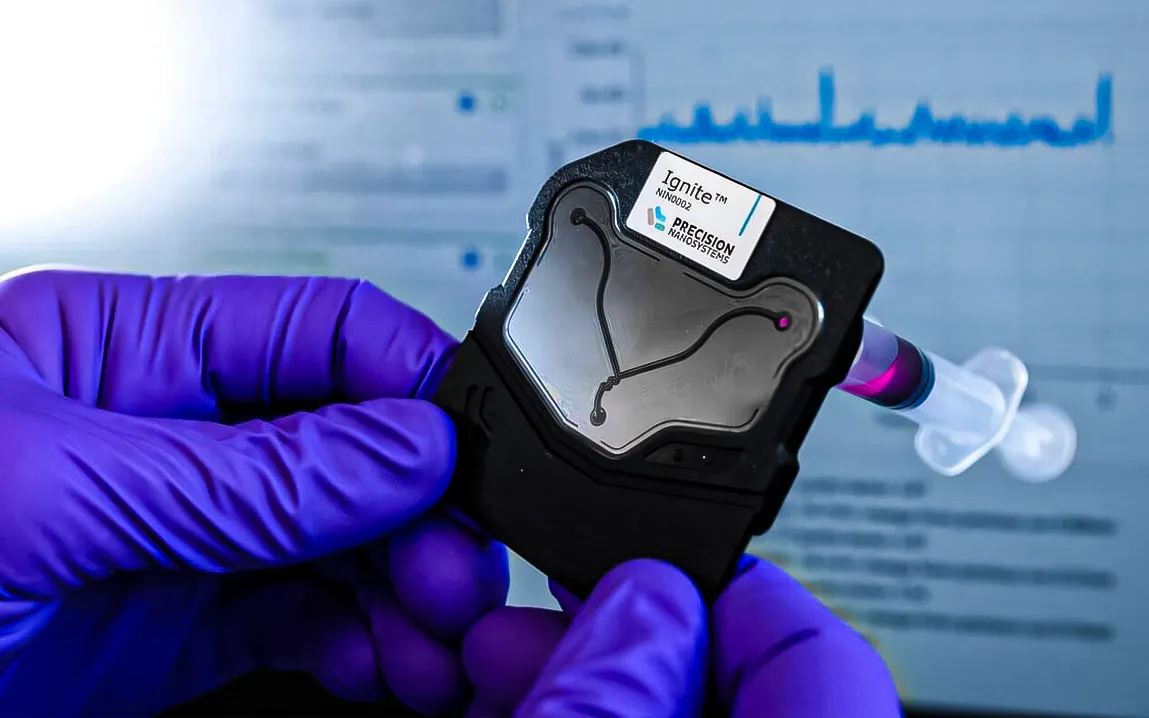MIT researchers have created a quicker, scalable method to produce cancer-killing nanoparticles, bringing this promising treatment closer to human clinical trials.
The medicine-carrying particles are engineered to attack tumors directly, bringing medicine to where it’s needed, with fewer side effects from conventional chemotherapy. Until now, though, making them in bulk has been a significant hurdle.
Firepower in a Tiny Package
Over the past decade, MIT Professor Paula Hammond and her team have built nanoparticles using a technique called layer-by-layer assembly. Each tiny particle is coated in precisely engineered layers of polymers, which can carry both cancer drugs and targeting agents that help them hone in on tumors.
These particles have already shown promise in mouse models, especially for treating ovarian cancer.
“We’ve been excited by the results in animals,” Hammond said. “But now, we need to scale it for real-world use.”
A Big Manufacturing Breakthrough
To make this possible, the team developed a microfluidic mixing device. It is a chip-based system that adds the layers automatically as nanoparticles flow through. This removes the need for time-consuming purification steps and fits well with FDA-approved Good Manufacturing Practices (GMP).
“We can now quickly produce enough doses for clinical trials,” said Ivan Pires, co-lead author of the study.
Fast, Clean, and Ready for the Clinic
With the new system, the researchers can make 50 doses in just minutes, compared to nearly an hour using their old method. It also reduces errors, increases consistency, and meets strict safety standards.
The researchers tested the new production method by making nanoparticles loaded with interleukin-12 (IL-12)—a protein that stimulates the immune system. In mouse models of ovarian cancer, the particles slowed tumor growth and even led to complete cures in some cases.
What’s Next?
The team has filed for a patent and is working with MIT’s Deshpande Center to potentially launch a startup to commercialize the technology. While their first target is ovarian cancer, the approach could be adapted for brain tumors like glioblastoma and other cancers.
“This opens the door to safer, more effective cancer treatments,” Hammond said.



